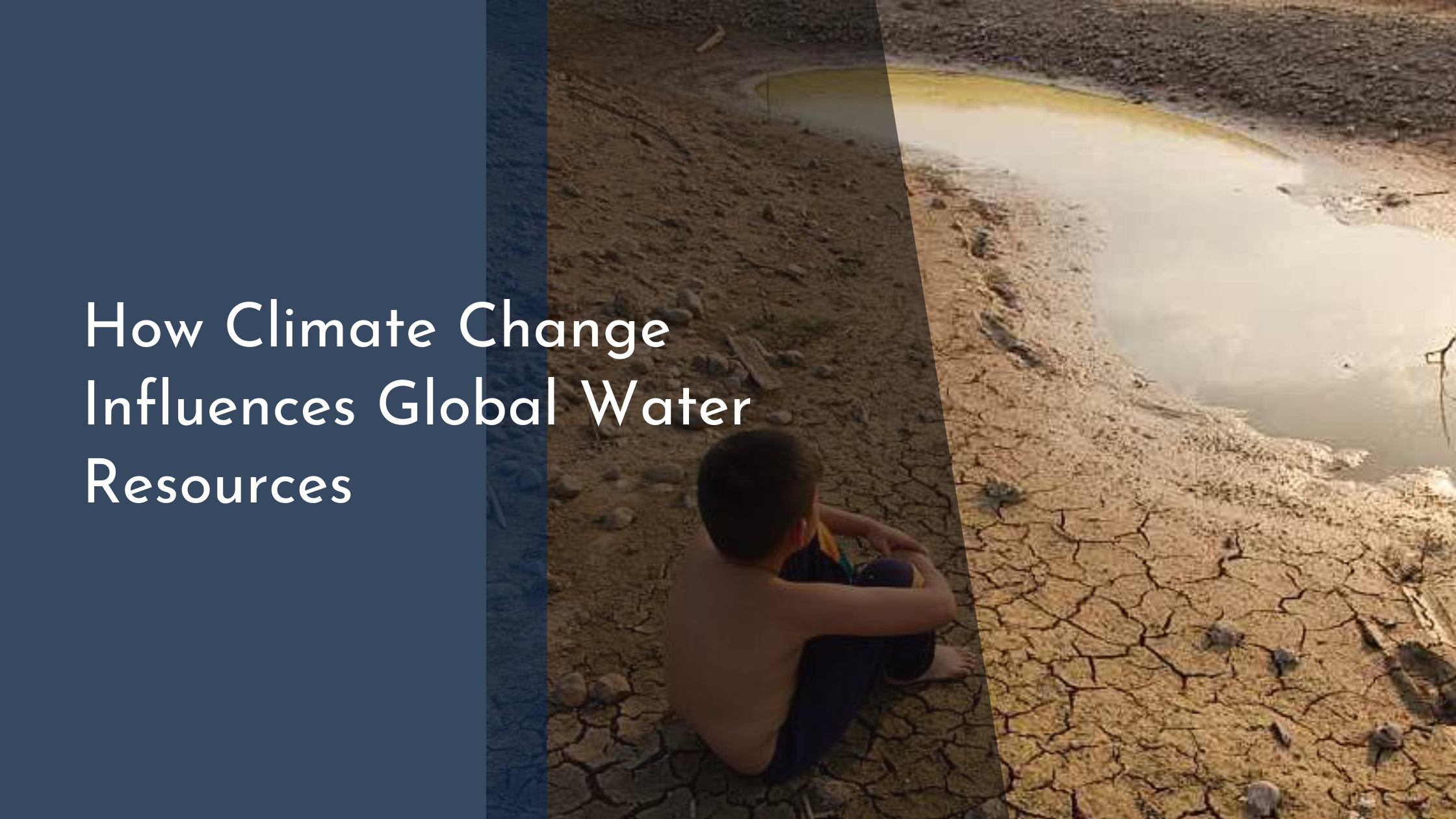How Climate Change Influences Global Water Resources
Climate change is an undeniable force reshaping our planet’s environment, and its impact on global water resources is a topic of increasing concern. As climate patterns shift, the delicate balance of water cycles is disturbed, leading to a cascade of effects on freshwater availability, agriculture, and hydropower systems. However, with awareness and proactive strategies, there are ways to mitigate these challenges. This article explores the intricate relationship between climate change and global water resources, highlighting both the challenges and potential solutions.
Understanding Climate Change and Water Cycles
Climate change refers to long-term shifts in temperatures and weather patterns, primarily due to human activities such as burning fossil fuels and deforestation. These activities increase greenhouse gases in the atmosphere, trapping heat and leading to global warming. The water cycle, an essential component of Earth’s climate system, is intricately linked to these changes. It involves processes such as evaporation, condensation, precipitation, and infiltration, which are all sensitive to temperature variations. As global temperatures rise, these water cycle processes are being altered, resulting in more intense and frequent weather events, including heavy rainfall and prolonged droughts.
The intricate relationship between climate change and water cycles means that even slight changes in the climate can have profound effects on water availability and distribution. For instance, warmer temperatures increase the rate of evaporation from land and water bodies, leading to reduced water availability in some regions and contributing to drought conditions. Conversely, increased evaporation can also lead to more moisture in the atmosphere, potentially causing heavier and more unpredictable rainfall in others. Understanding these dynamics is crucial for anticipating the impacts on water resources and developing effective adaptation strategies.
Impact on Freshwater Availability Worldwide
The availability of freshwater resources is under increasing threat as climate change continues to alter precipitation patterns and increase the frequency of extreme weather events. Regions that are already experiencing water stress are likely to face further challenges, with some areas experiencing reduced rainfall and others dealing with excessive flooding. These shifts can lead to competition for water resources, impacting not only human populations but also ecosystems that rely on steady water supplies to survive and thrive.
In many parts of the world, the melting of glaciers and snowpacks, which serve as critical freshwater reservoirs, is accelerating due to rising temperatures. This melting can initially increase water flow in rivers and streams, but it ultimately leads to a reduction in water availability over time as these natural reservoirs are depleted. Such changes threaten the water security of millions of people, particularly those in regions that rely heavily on glacial melt for their water supply. Consequently, the impact of climate change on freshwater availability requires urgent attention and action to ensure sustainable water management practices are adopted globally.
Effects on Agriculture and Hydropower Systems
Agriculture is both a significant user of water resources and a sector highly vulnerable to climate change. Altered rainfall patterns and increased temperatures can lead to shifts in growing seasons, reduced crop yields, and heightened water stress for plants. For farmers, this unpredictability can result in reduced agricultural output and increased costs as they attempt to adapt to changing conditions. In some regions, the need for irrigation will rise, putting additional pressure on already strained water resources and potentially leading to conflicts over water use.
Hydropower systems, another critical area affected by climate change, rely on stable water flows to generate electricity. Changes in precipitation and glacial melt patterns can lead to fluctuations in water levels, impacting the efficiency and reliability of hydropower generation. This can have significant economic implications, especially in regions that rely heavily on hydropower for their energy needs. Moreover, the balance between water usage for energy production and other needs, such as agriculture and domestic use, becomes more challenging to maintain as climate conditions continue to evolve.
Strategies for Mitigating Water Resource Challenges
To address the challenges posed by climate change on water resources, a combination of mitigation and adaptation strategies is essential. On a broad scale, reducing greenhouse gas emissions by transitioning to renewable energy sources can help slow the pace of climate change and its impact on water cycles. Additionally, implementing water conservation practices and improving water-use efficiency in agriculture, industry, and urban areas can significantly enhance water security. This includes measures such as adopting drip irrigation, rainwater harvesting, and recycling wastewater.
On a more localized level, communities can invest in infrastructure that enhances their resilience to climate-related water challenges. Building robust water storage and distribution systems, investing in flood defenses, and restoring natural ecosystems such as wetlands can help buffer the impacts of extreme weather events. Education and capacity-building programs aimed at increasing awareness and understanding of water resource management are also crucial, empowering individuals and communities to take proactive steps in conserving and protecting their water resources.
While the challenges posed by climate change to global water resources are significant, they are not insurmountable. By embracing innovative strategies and fostering collaboration across sectors and communities, it is possible to manage these challenges effectively. The path forward requires a commitment to sustainable practices and a collective effort to ensure that water resources are available for future generations. Embracing the opportunities for change allows us not only to adapt but to thrive in a climate-resilient future.

